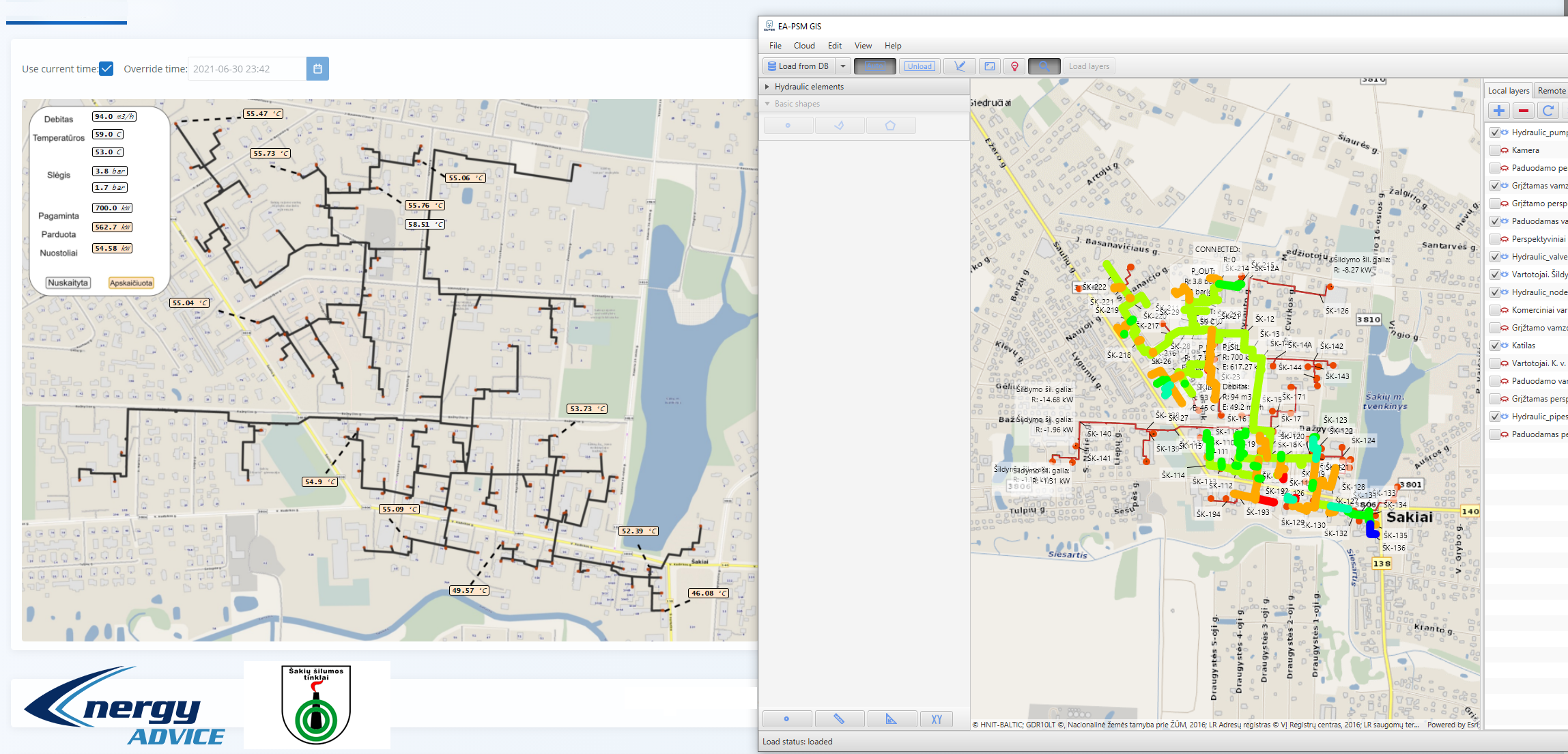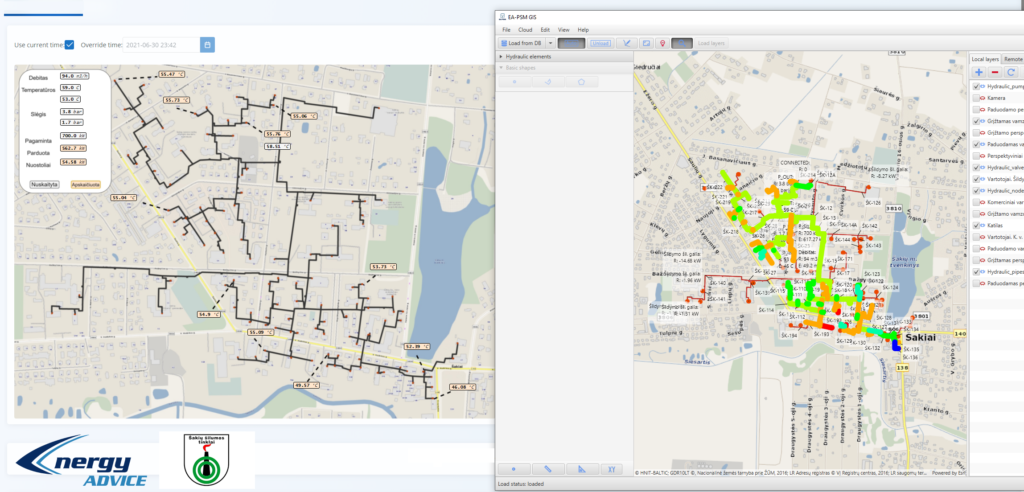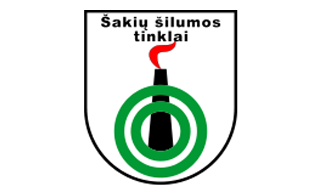


District Heating network operators face energy transition issues. CO2 emission limitation force District Heating companies to increase of operation effectiveness, heat generation from renewable energy sources and waste energy integration. Finally, evolution of DH companies should be sustainable due to high Return of Investment rate. The limitation factor is current unsatisfactory performance indicators of DH network, such as energy transmission efficiency, OPEX for maintenance. Current article yield case study of DH company, which have installed EA-SAS Heating solution and since 2019 operates DH network in optimum. Šakiai DH network operator control supply temperature according to environmental temperature. Minimum Supply Temperature from boiler house (further Supply Temperature) in the years before 2019 was 70°C. Average Return to Boiler house temperature (further Return Temperature) during Hot period was 50°C. The Hot and Cold periods means periods, there building heating is off and on. EA-SAS Heating benefit was calculated comparing 2019 and 2020 with reference year 2018. During the last three month in 2019 Grid Losses was reduced by 625 MWh (16% from Grid Losses in Reference year). During the 2020, Grid Losses was reduced by 1293 MWh (33% from Grid Losses in Reference year). This proves that digital solutions like EA-SAS Heating can create value from already available data and DH companies can quickly get benefit of digitalization.



